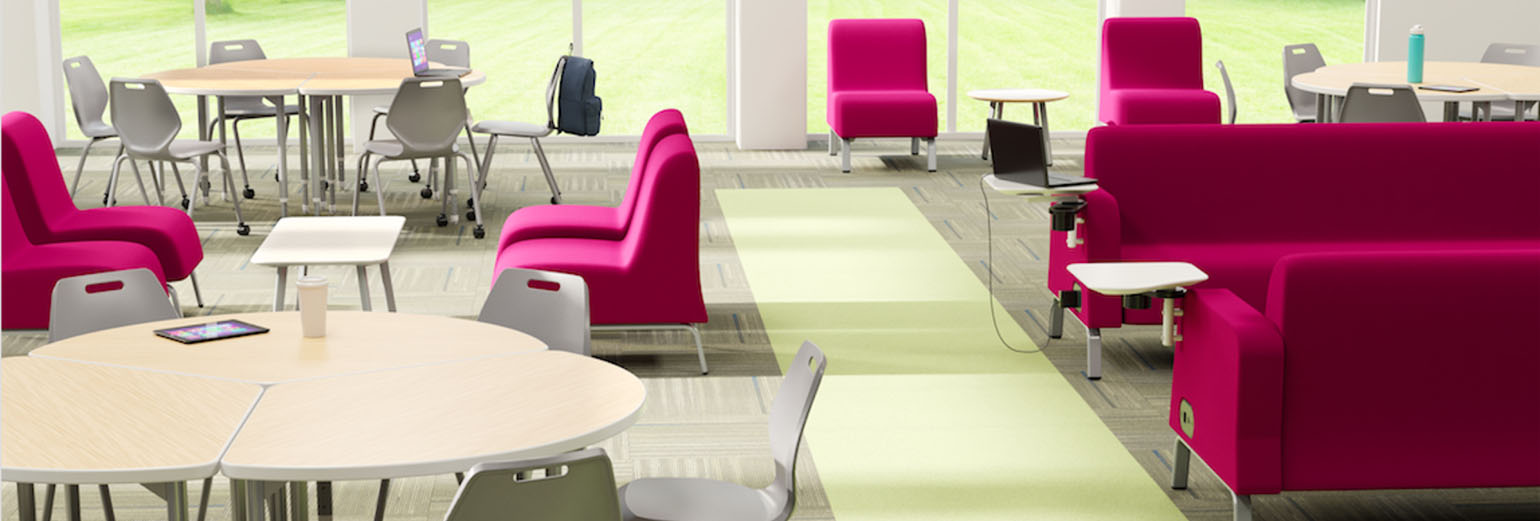Collaborative learning, in which students work together to solve a problem or complete a task, is becoming more common in today’s classrooms—and for good reason.
The ability to work with others as part of a team is the skill that companies most desire among new hires, according to a recent survey. Collaborative learning helps students develop this critical skill.
But even beyond preparing students for the workforce, research suggests that collaborative learning offers a number of important social and academic benefits.
As students are working collaboratively on an assignment, they must explain their thinking to others in their group, which helps them develop their own understanding of the topic. What’s more, students have an opportunity to learn from their peers and hear other perspectives that further advance their own knowledge. They learn to think critically about these various perspectives, and they tend to retain what they’ve learned.
While the benefits of collaborative learning are clear, using this strategy in the classroom can be challenging. Here is some advice on how to create a classroom environment that allows collaborative learning to flourish.
- Don’t be afraid to get messy. Collaborative learning can be noisy and might appear somewhat chaotic at times, with students discussing, debating, sharing, and creating in small groups. Teachers must learn to embrace this chaos, as it means students are engaged in active learning.
- Learn to give up some control. This can be hard for teachers who are used to having students sit quietly while they lecture. But teachers will find that when they give up some control over their classroom, they allow students to take charge of their own learning, which is ultimately what we want for our students—to be self-directed learners. And when teachers talk less, they have more time to listen, observe, and provide feedback to students.
- Set up your classroom to encourage collaborative learning. For students to work together, they must be sitting together. Don’t be afraid to rearrange the furniture to support collaboration. Flexible classroom furnishings, such as desks and tables from Arizona Furnishings that easily can be arranged into multiple configurations, allow you to create groupings of various sizes and compositions to suit different types of projects throughout the year.
- Set clear expectations, and pay attention to transitions. Learning to give up some degree of control doesn’t mean ceding control of your classroom to students altogether. Your transitions in and out of collaborative learning time are important, because they signal to students when it’s OK to talk with their peers—and when they should be listening to you. Start collaborative lessons by establishing clear guidelines; explain the task and your learning goals, including how students will be evaluated and the behaviors you expect from them. Then, turn students loose on the project. To bring the focus back to you, include a debriefing session at the end. And always make sure that students are following the rules for respectful collaboration while they are engaged in the project itself.
Collaborative learning takes time and effort. But when it’s done well, it provides invaluable learning experiences for students.
For more information, contact Arizona Furnishings today at 800.872.2287.
– Cindy Eggebrecht


